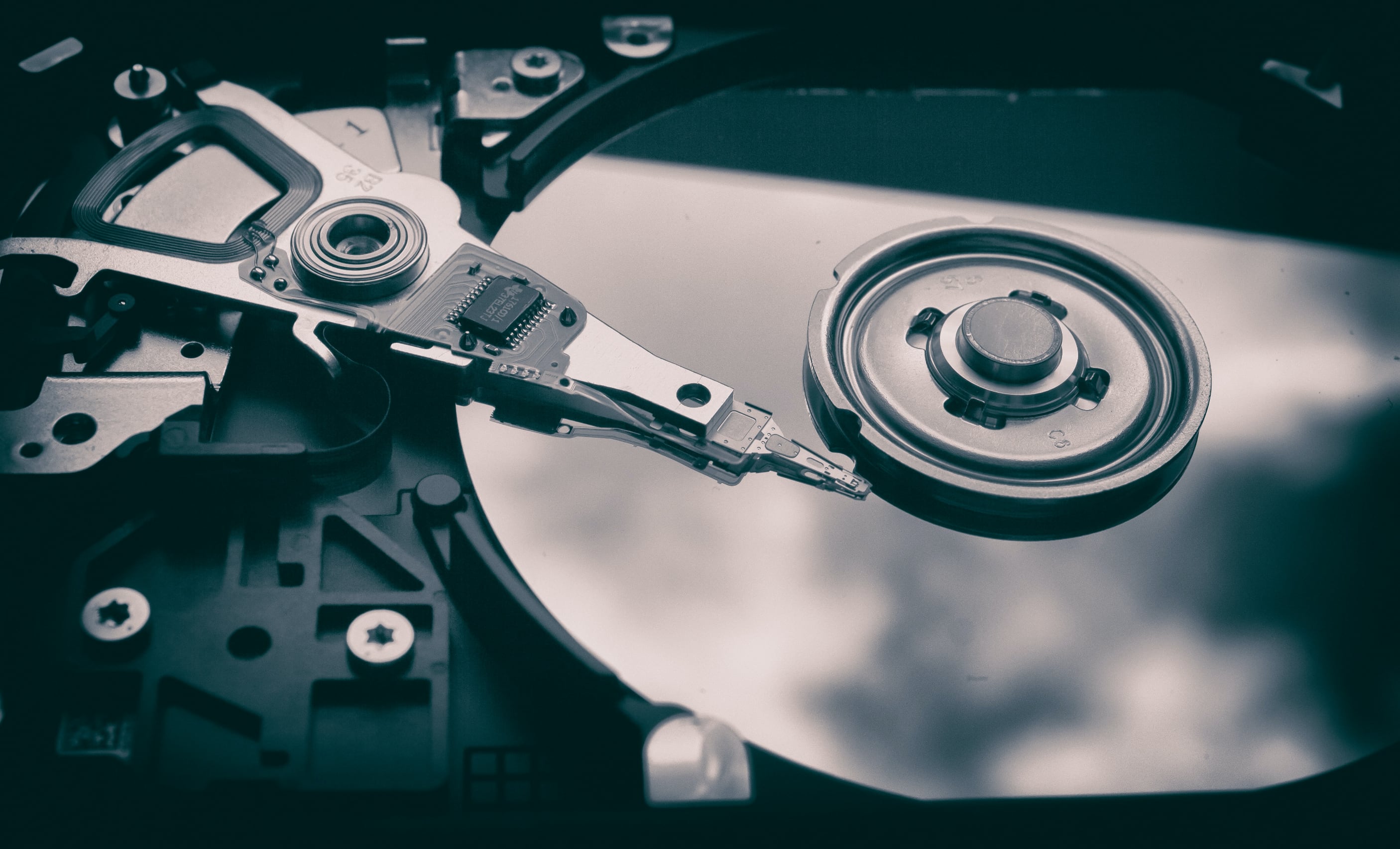

These trains are capable of reaches speeds greater than 300 mph, and are much more energy efficient than other forms of travel. These trains use magnetism to "float" without friction on top of a special track, creating a faster and more efficient method of transportation. Magnetic levitation trains, more commonly called MagLev trains, are a technology that could bring big changes to the way we travel in the future. Shanghai Transrapid ©Wikipedia Commons JR-MLX01 Maglev Train ©Wikipedia Commons

The coils of wire in the machine detect the energy released, and an image is formed the detected bursts of energy. As they return to the magnetic field of the machine, they release the energy they recieved from the radio frequency. When the radio frequency is removed, the disturbed hydrogen atoms slowly return to the magnetized state.

The radio frequency energizes the hydrogen atoms of a specific tissue and causes them to flip out of alignment from the rest of the hydrogen atoms in the body. Different types of body tissue respond to different frequencies. Then, a radio frequency pulse is directed towards the specific region of the body being examined. Once the body is inside the machine, the water molecules (specifically the hydrogen atoms) inside the body are magnetized in the same direction by a large magnetic field.

MRI machines place the patient in the center a long cylinder surrounded by large, powerful permanent magents, electromagnets, and sometimes superconducting magnets, along with many coils of wire. MRI images are high in contrast, and allow doctors to examine different types of tissues in a region of the body more easily and accurately.Īn MRI image of a human head. This technology is a type of medical imaging that uses magnetism and the large percentage of water in the human body to produce detailed images of human body tissue and structures. Magnetic Resonance Imaging is an example of magnetism being applied in the medical field. However, a breakthrough was made by magnetizing the platters perpendicular to the platter, allowing for more information to be stored in the same amount of physical space.This new style, called perpendicular recording, has allowed for hard drive capacities to increase greatly.Ĭheck out this video from Hitachi Global StorageTechnologies to learn more about new method of recording. This style of recording was called longitudinal recording. Previously, the sectors on the platters were magnetized parallel to the surface of the platter. The same read/write head also detects the orientation of these sectors when reading information from the disk. Hard drives uses disks made of magnetic material, called platters, to store information.Ī Hard Drive Platter © Wikipedia Commons Read/Write Head © Wikipedia CommonsĪn electromagnet in the read/write head writes writes information to the disk by magnetizing small sections of the disk, called sectors, in a one direction or another to indicate a 1 or a 0. Hard drives are an important part of any computer system, and magnetism is the key behind how they work. Let's take a look at a few important technologies where magnetism plays a big role. Magnetism is a huge part of some very advanced technologies that make a big difference in our world.


 0 kommentar(er)
0 kommentar(er)
